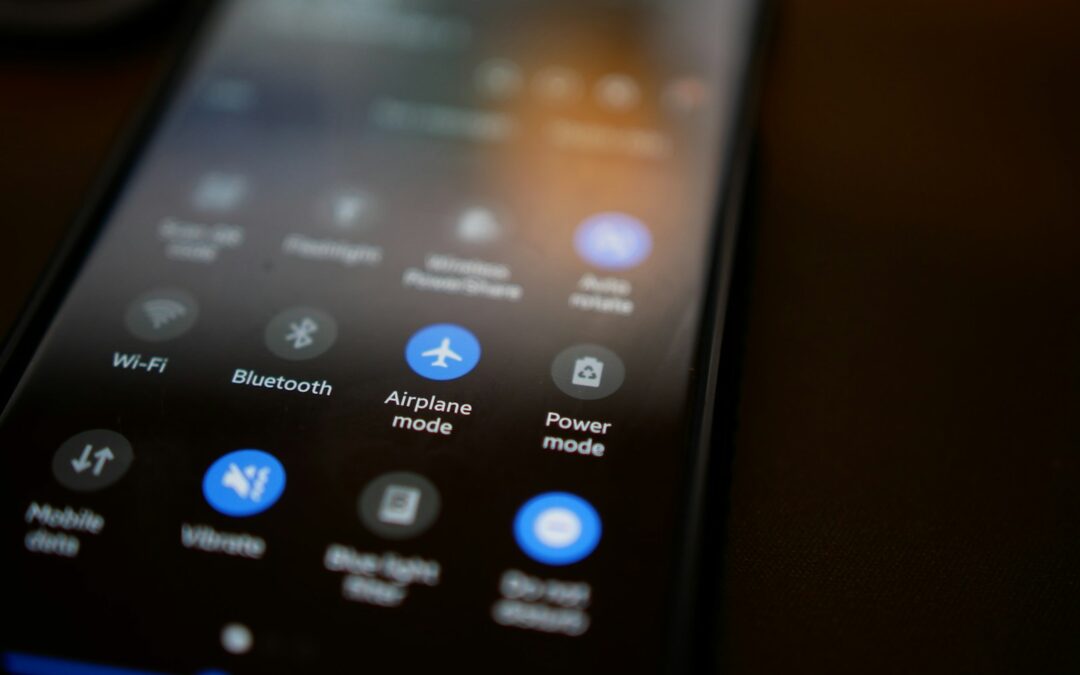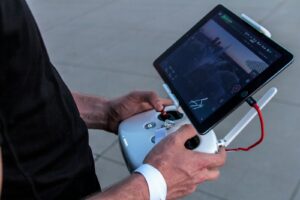Understanding the Role of Connectivity in IoT Deployments
The Importance of Choosing the Right IoT Connectivity
Key factors in comparing Wi-Fi and Bluetooth for IoT connectivity are critical as businesses and governments increasingly adopt Internet of Things (IoT) technologies to enhance operations and create smart environments. In regions like Saudi Arabia and the UAE, where cities such as Riyadh and Dubai are leading the charge in digital transformation, selecting the appropriate connectivity solution is vital for the success of IoT initiatives. The choice between Wi-Fi and Bluetooth, two of the most commonly used wireless technologies, can significantly impact the efficiency, scalability, and cost-effectiveness of IoT systems.
Wi-Fi has long been a dominant force in wireless communication, known for its high data rates and extensive range, making it suitable for applications that require robust and continuous connectivity. On the other hand, Bluetooth, with its lower power consumption and shorter range, is often favored for devices that need to operate for extended periods without frequent recharging. These distinct characteristics make each technology better suited for specific use cases, and understanding these differences is essential for IoT developers and decision-makers.
For example, in a smart city project in Riyadh, where thousands of sensors and devices must communicate seamlessly across a large area, Wi-Fi might be the preferred choice due to its ability to handle high data throughput over extended distances. Conversely, in a healthcare facility in Dubai, where wearable devices monitor patient vitals, Bluetooth could be more appropriate because of its low energy consumption, which extends the battery life of these critical devices.
Wi-Fi: Advantages and Considerations for IoT Connectivity
Wi-Fi offers several advantages that make it a strong candidate for IoT applications, particularly in environments where high data rates and broad coverage are required. One of the primary benefits of Wi-Fi is its ability to support large amounts of data transfer, making it ideal for video streaming, real-time analytics, and other data-intensive tasks. This capability is especially relevant in smart cities like Dubai, where IoT applications might include traffic management systems, surveillance networks, and public Wi-Fi access points.
Moreover, Wi-Fi’s widespread availability and compatibility with a broad range of devices make it a convenient choice for IoT deployments. Many IoT devices are already equipped with Wi-Fi modules, simplifying the integration process and reducing the time to market. However, Wi-Fi’s power consumption is relatively high compared to Bluetooth, which can be a drawback for battery-powered devices that need to operate over long periods without access to a power source.
Security is another critical factor to consider when choosing Wi-Fi for IoT connectivity. While Wi-Fi networks offer robust security protocols, such as WPA3, the complexity of managing security across numerous devices and networks can be challenging. In regions like Saudi Arabia and the UAE, where data protection and cybersecurity are top priorities, ensuring that Wi-Fi networks are adequately secured is essential for maintaining the integrity and privacy of IoT systems.
Bluetooth: A Low-Power Alternative for Specific IoT Applications
The Efficiency of Bluetooth in Power-Constrained IoT Devices
Bluetooth is widely recognized for its low energy consumption, making it an attractive option for IoT devices that rely on battery power. This feature is particularly advantageous in applications such as wearable technology, healthcare monitoring devices, and smart home gadgets, where long battery life is crucial. In Dubai’s rapidly growing healthcare sector, for instance, Bluetooth-enabled wearable devices can monitor patients’ health metrics continuously without the need for frequent battery replacements or recharging.
Another advantage of Bluetooth is its simplicity and ease of deployment. Bluetooth devices can easily pair with each other, and the technology supports a variety of profiles tailored to specific use cases, such as audio streaming, file transfer, and device control. This versatility makes Bluetooth a flexible option for IoT developers looking to implement a wide range of functionalities without the complexity of managing multiple wireless standards.
However, Bluetooth’s shorter range and lower data transfer rates compared to Wi-Fi limit its applicability in some IoT scenarios. For example, in a large-scale industrial environment in Riyadh, where devices need to communicate over long distances or transfer large volumes of data, Bluetooth may not be the most efficient choice. Additionally, while Bluetooth is generally secure, its security features are not as robust as those offered by Wi-Fi, which could be a concern in applications where data protection is paramount.
Choosing Between Wi-Fi and Bluetooth for IoT Projects
When deciding between Wi-Fi and Bluetooth for IoT connectivity, several key factors must be considered, including the specific requirements of the project, the environment in which the IoT system will operate, and the expected data transmission needs. For projects that require high data throughput and broad coverage, such as smart city initiatives in Riyadh or Dubai, Wi-Fi is often the better choice due to its ability to handle large amounts of data over extended distances.
In contrast, for applications where energy efficiency and long battery life are more critical, such as wearable devices or remote sensors, Bluetooth may be more appropriate. This is especially true in healthcare settings or smart home environments, where devices must operate reliably for extended periods without frequent maintenance. Additionally, Bluetooth’s ease of use and widespread support across consumer devices make it a convenient option for developers looking to deploy IoT solutions quickly and efficiently.
Ultimately, the decision between Wi-Fi and Bluetooth should be guided by the specific needs of the IoT project, taking into account factors such as range, data rate, power consumption, and security requirements. In regions like Saudi Arabia and the UAE, where digital transformation is driving rapid IoT adoption, making the right choice can have a significant impact on the success and scalability of IoT deployments. By carefully evaluating the advantages and limitations of each technology, businesses and governments can ensure that their IoT systems are optimized for performance, reliability, and security.
—
#IoTConnectivity #WiFiVsBluetooth #SmartCities #SaudiArabiaTech #UAEInnovation #RiyadhIoT #DubaiTech #IoTSecurity #DigitalTransformation #IoTDevelopment













